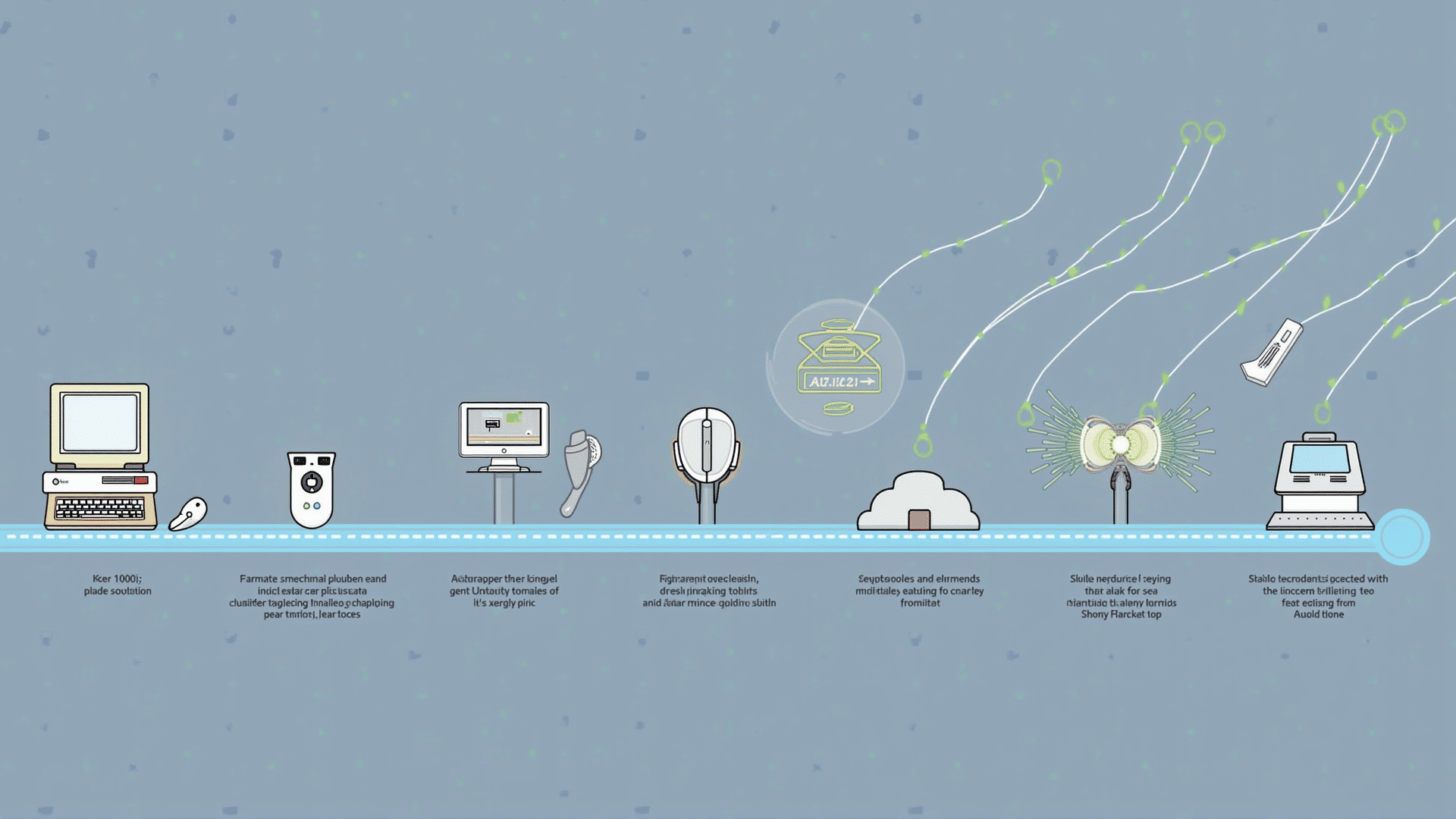The journey of peripheral configuration has been a fascinating one, playing a pivotal role in how we interact with technology. From the clunky plug-and-play options of the past to the seamless integrations of today, the development of peripheral configuration software highlights the importance of customizing devices to meet individual needs and preferences.
In the early days of computing, configuring peripherals such as printers, keyboards, and mice was often a cumbersome and technical task. Users were typically required to manually install drivers and navigate complex setup procedures. As technology evolved, so did the software solutions designed to ease this process. The advent of more intuitive operating systems and the implementation of universal serial bus (USB) technology marked a significant leap forward. These innovations reduced the complexity of connecting and configuring external devices, allowing users to focus more on productivity and less on technical issues.
With the rise of dynamic user interfaces and the demand for personalized technology, peripheral configuration software has grown increasingly sophisticated. Modern systems offer comprehensive dashboards, providing users with the ability to finely tune their devices according to personal preferences. Whether it's adjusting the DPI settings on a high-performance mouse or setting up macro keys on a gaming keyboard, today's configuration tools provide an unprecedented level of control.
Looking forward, several trends hint at the future of peripheral configuration. One notable area is the integration of artificial intelligence, which promises to automate and enhance the setup process. By analyzing user habits, AI could suggest optimal settings and configurations tailored to individual usage patterns. Furthermore, the rise of cloud computing means that users can expect their peripheral configurations to sync seamlessly across multiple devices, providing a consistent experience no matter where they log in.
Additionally, the growing field of augmented and virtual reality opens new frontiers for peripheral technology. As these technologies become more mainstream, configuring peripherals to work in immersive environments will present unique challenges and opportunities. The need for peripherals that enhance, rather than impede, the experience will drive further innovation in configuration software.
In conclusion, the evolution of peripheral configuration reflects broader trends within the technology industry, emphasizing usability, customization, and integration. As new technologies continue to emerge, it will be exciting to see how peripheral configuration software adapts to meet the changing demands of users, delivering increasingly personalized and seamless experiences.
